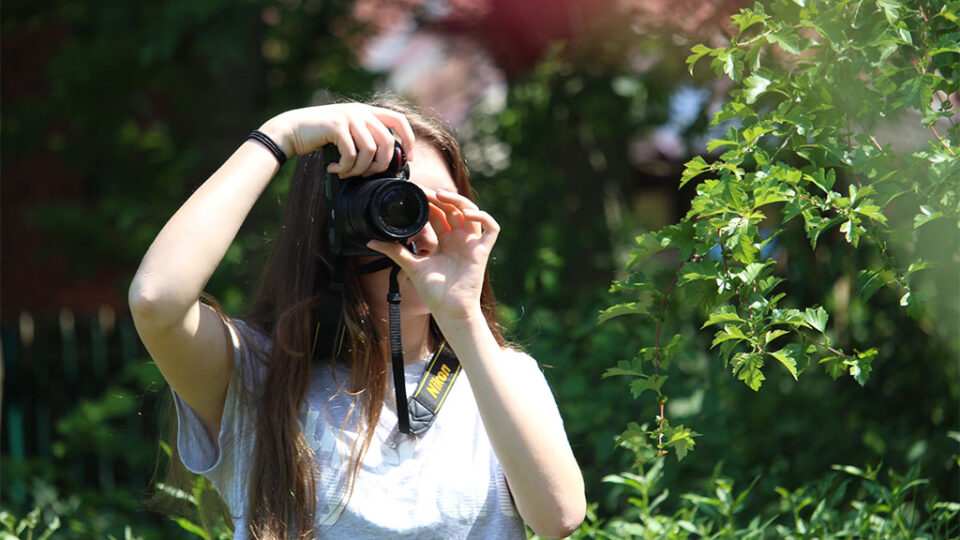3D Design: Product Design
At Aquinas we love to develop your skill of creativity and imagination and to encourage you to think about the world that you live in and how you are affected by everyday objects and the environment around you. As a 3D designer you are at the crossroads of a number of skills, and of course you need creativity, in order to imagine the shape and function of the object but you’ll also need to know about manufacturing processes and a variety of different materials.
Almost everything that you experience is affected by design: your environment, your homes, the products you use. Good design is at the centre of your lives. The 3D Design: Product Design course enables students to explore a wide range of materials and processes to create 3-dimensional outcomes. These can be decorative or functional pieces and students are encouraged to experiment and problem solve. Students are encouraged to become fully involved in the design process and to be open minded to manipulating new materials. Students will work in a wide variety of materials including paper, card, wood, metal, plastic, glass, clay and wire. Final outcomes may be product design, lighting, sculpture, furniture, or architectural.
Key Features:
3D Design: Product Design is a practical and innovative course that encourages you to work creatively.
You will learn and develop a range of practical skills within a workshop environment
The course allows you to experience what it is like to work on real life design projects developing and manufacturing a product in the workshop for a client.
Throughout the course you will take ownership of your project work and learning which will help develop your skills to be an effective designer.
You will develop a Portfolio of work which is invaluable when applying for design courses in Higher Education and for taking to interview.

3D Design: Product Design is a practical course in which you learn by doing, you will be able to create imaginative personal work. You will find out about a whole range of media, techniques and processes. You will develop your creativity and independent thought, learn to express yourself visually and let your imagination flourish in a workshop environment. 3D Design is a great companion to all other subjects as creativity, imagination and problem solving skills are transferrable to your other subjects.
In the first year you will develop your knowledge, understanding, and skills working with different materials, techniques, and processes in the wood, metal and plastics within a workshop environment. This will be done through a series of projects. You will learn to use the tools and machines used in industry including 3D modelling software to create your ideas and make use of the 3D Printing and Laser Cutter facilities to aid manufacture.
The second year of the A-level will comprise of 2 components. In component 1 you will develop work for a personal investigation into an idea, issue, concept or theme supported by written material. This will count for 60% of your total A-level marks. In component 2 you will produce personal work in response to one of eight exciting starting points which will count for 40% of your total A-level marks.
The intellectual rigour of the activities undertaken during the course will find relevance in many careers and means that it is welcomed by university, college admission tutors and employers.
3D Design is relevant if you are seeking entry into careers such as: Industrial Design, 3D Design, Furniture Design, Product Engineering, Mechanical Engineering, Automotive Design, Architect, Jewellery designer, Ceramicist, Landscape architect, Design consultant, Model maker, Exhibition designer, Product designer, Environmental designer, Teacher, Furniture designer, Toy designer, Interior designer, Set designer, Film and TV set design, Sculpture, and Ergonomics.
Our past students are now employed as Graphic Designers, Product Designers, interior Designers and even now work for companies such as Lego in Denmark.
3D Design can be taken in combination with any other A Level subjects as it cuts across the subject boundaries between Arts and Sciences. Combinations that work well with 3D Design include both Linear and Modular A Levels in Mathematics, Physics, Environmental Science, Art, Craft and Design, Graphic Communication, Media Studies, Business Studies or Business Applied. These all provide a variety of career prospects.
Please note that you cannot take 3D Design: Architecture and Interior Design as well as this course














